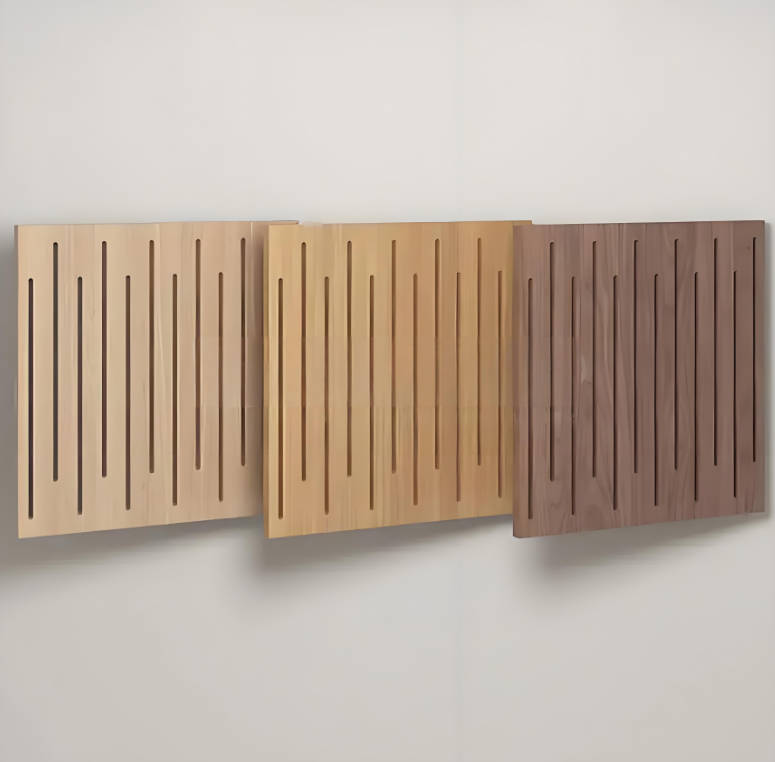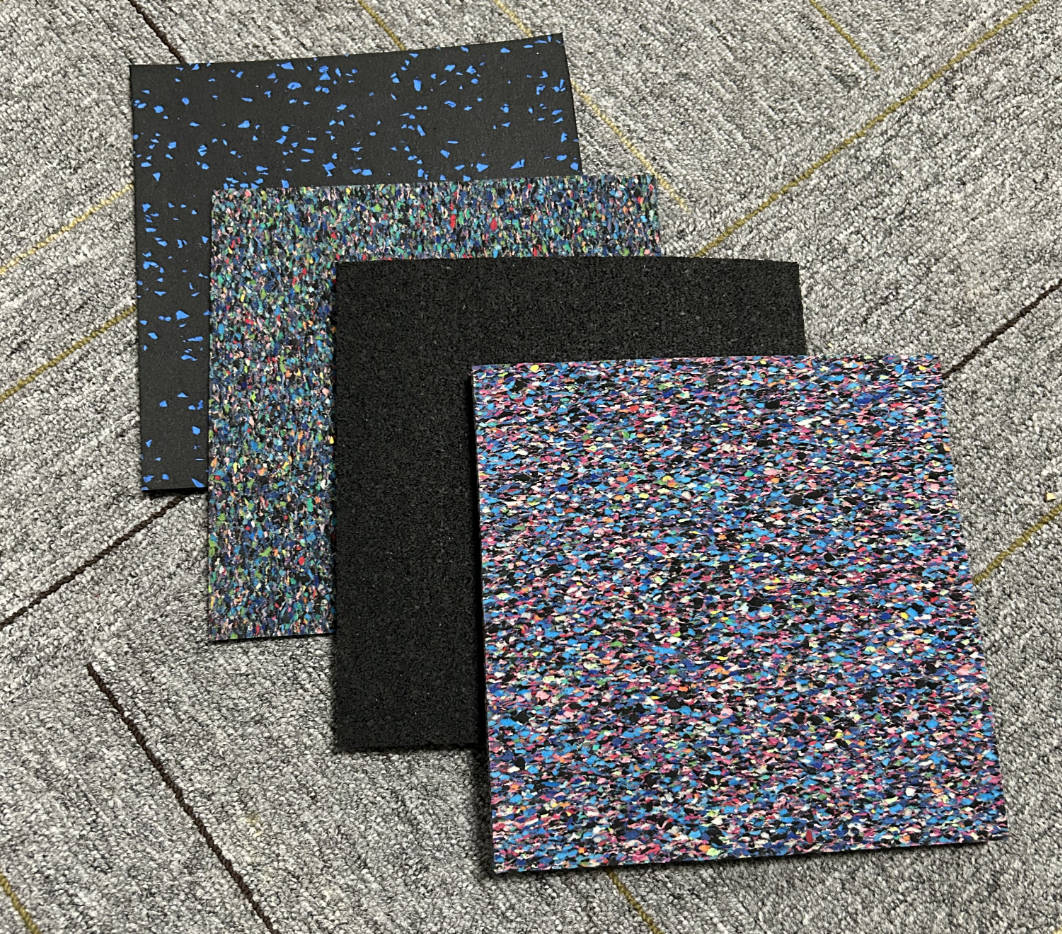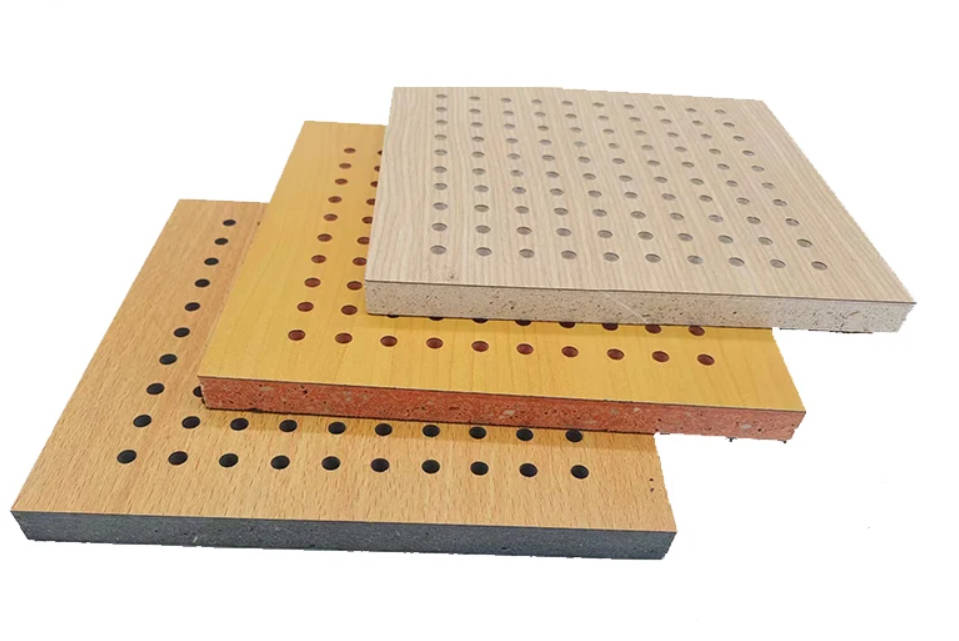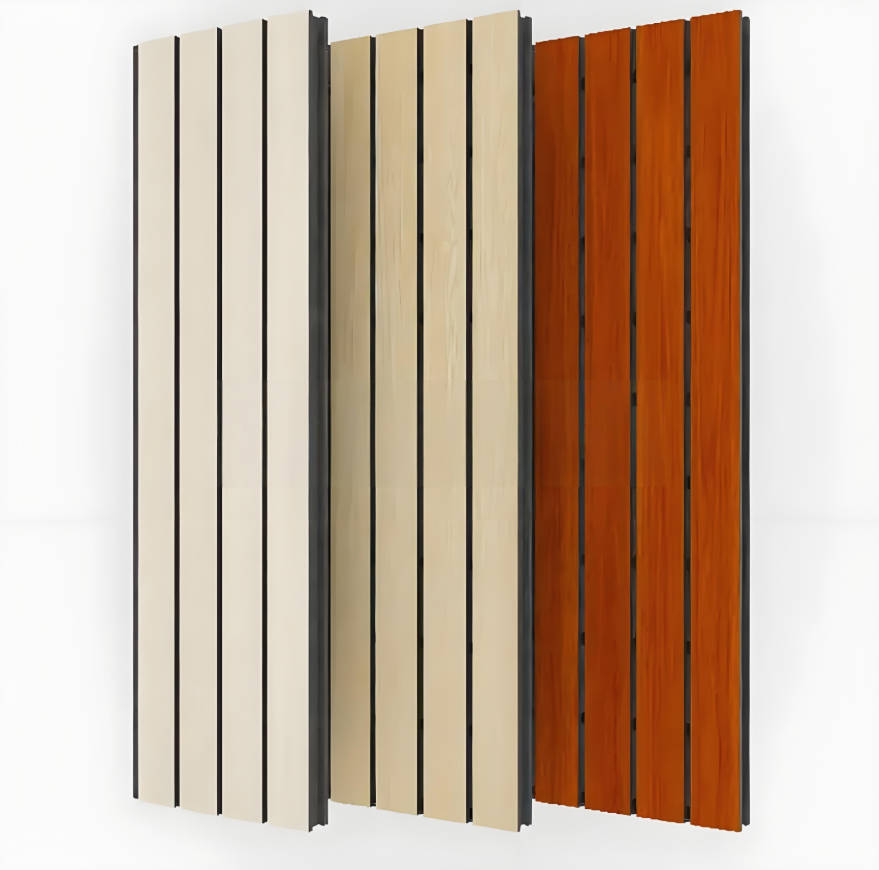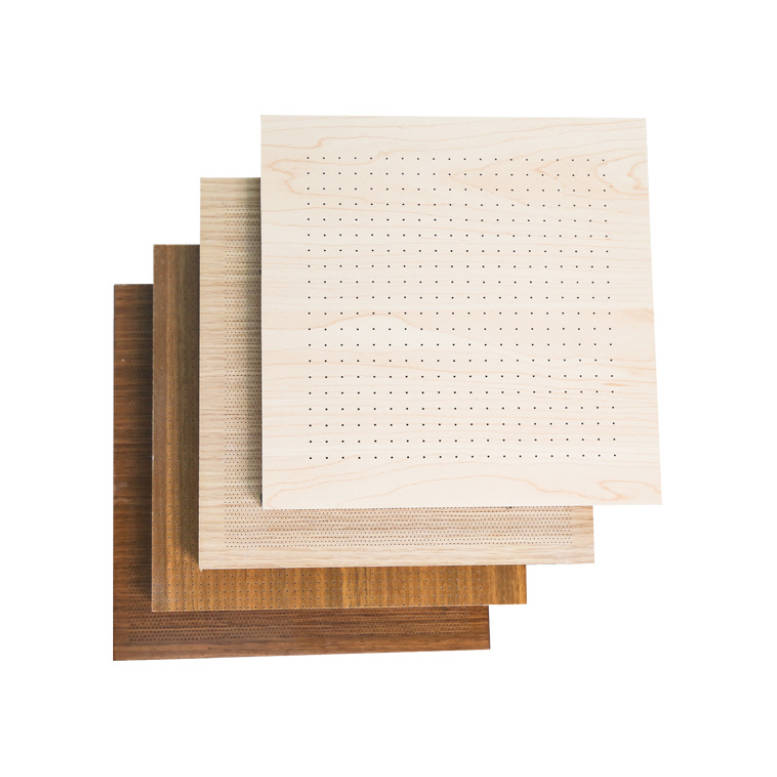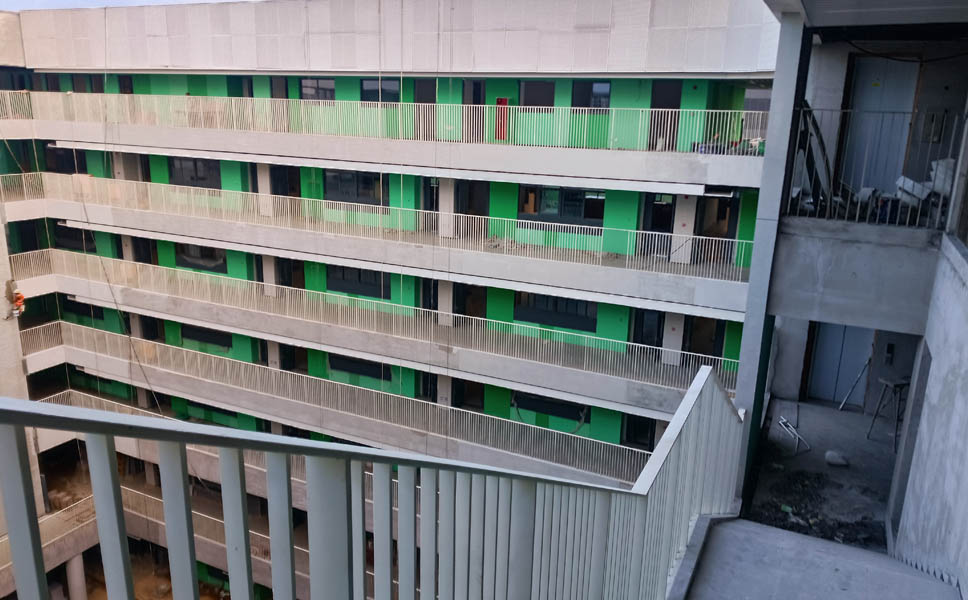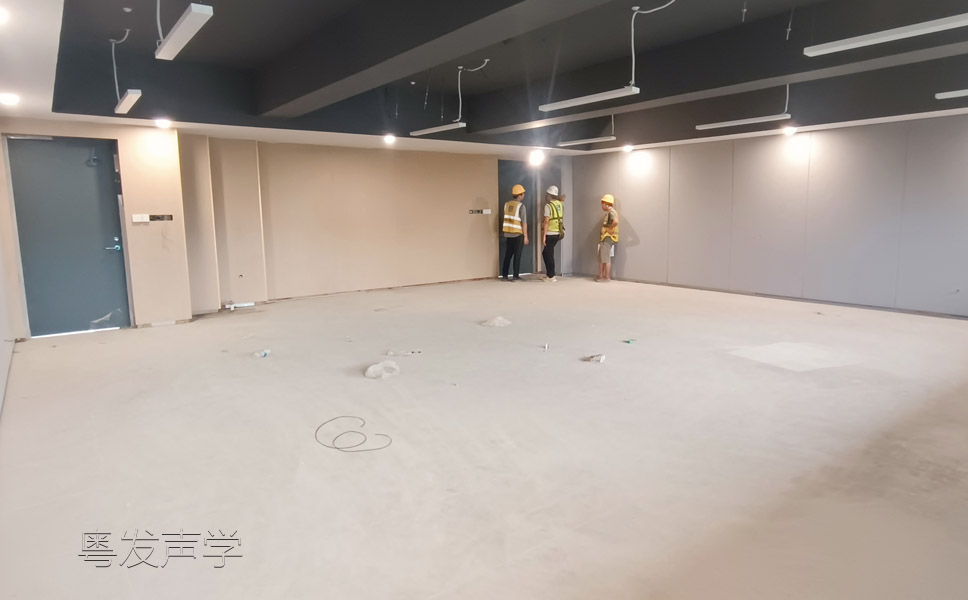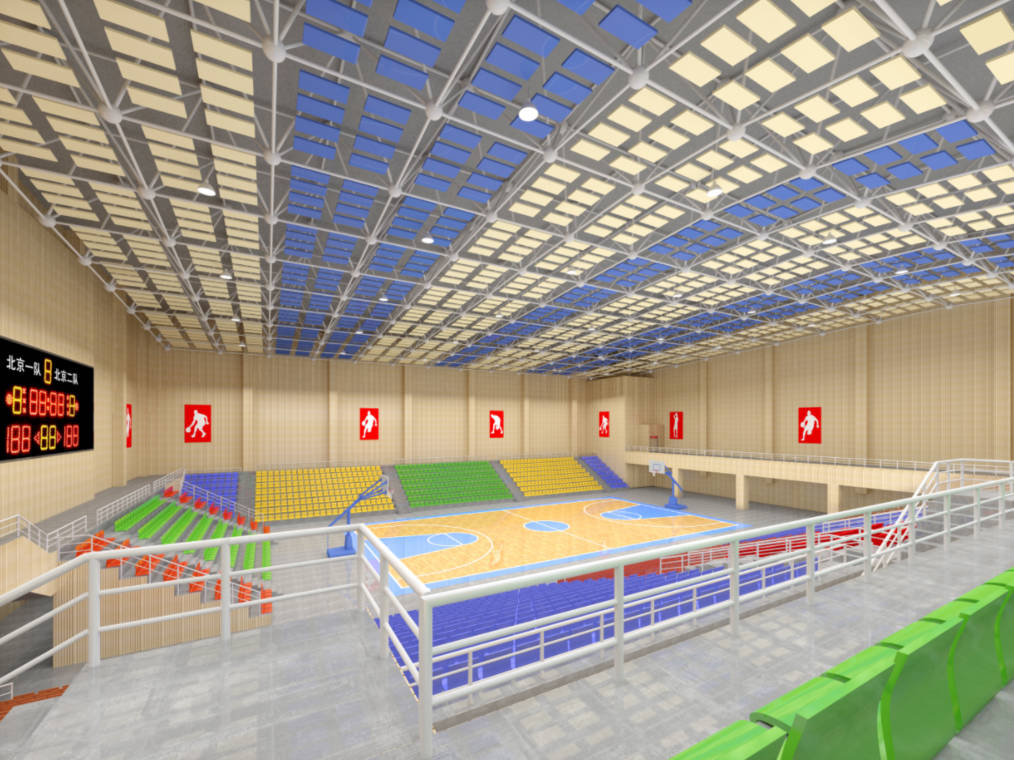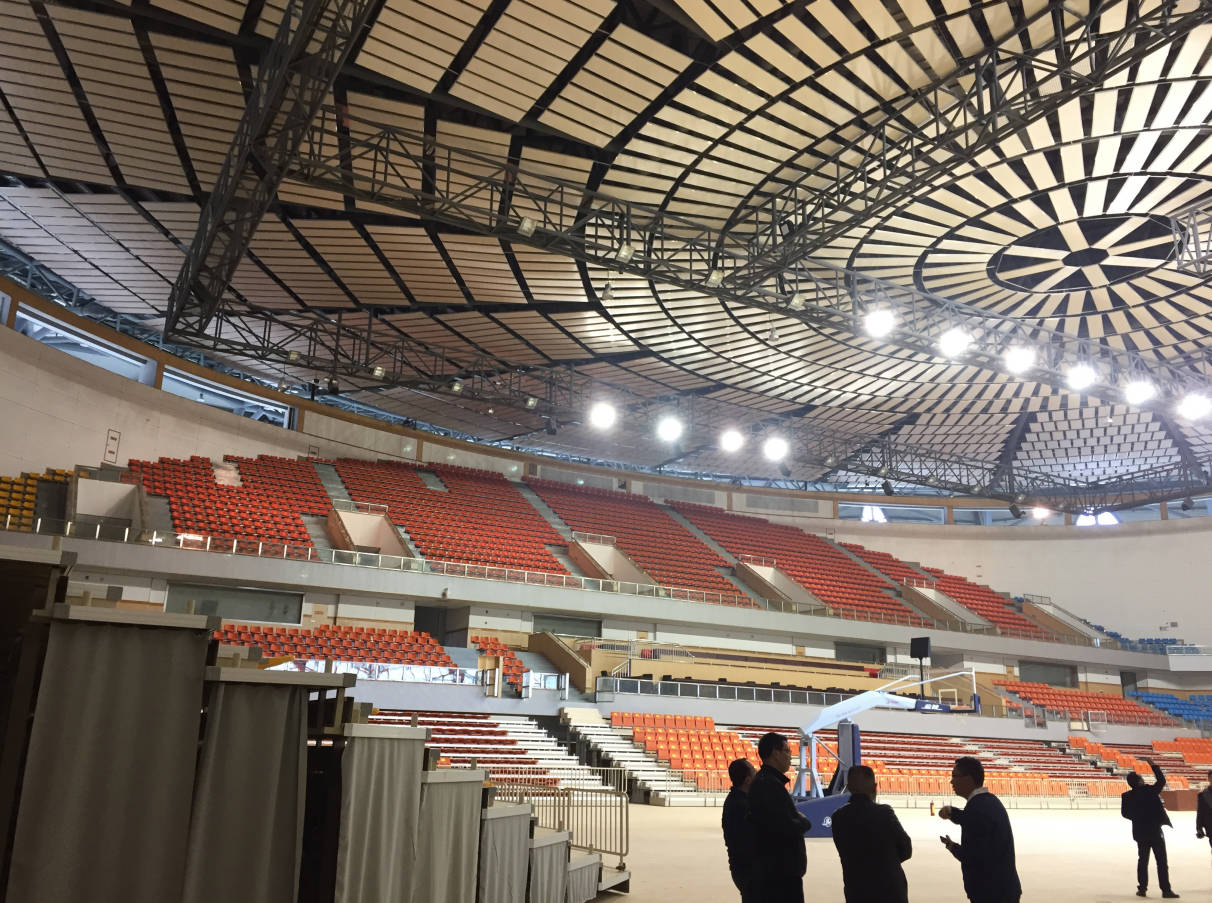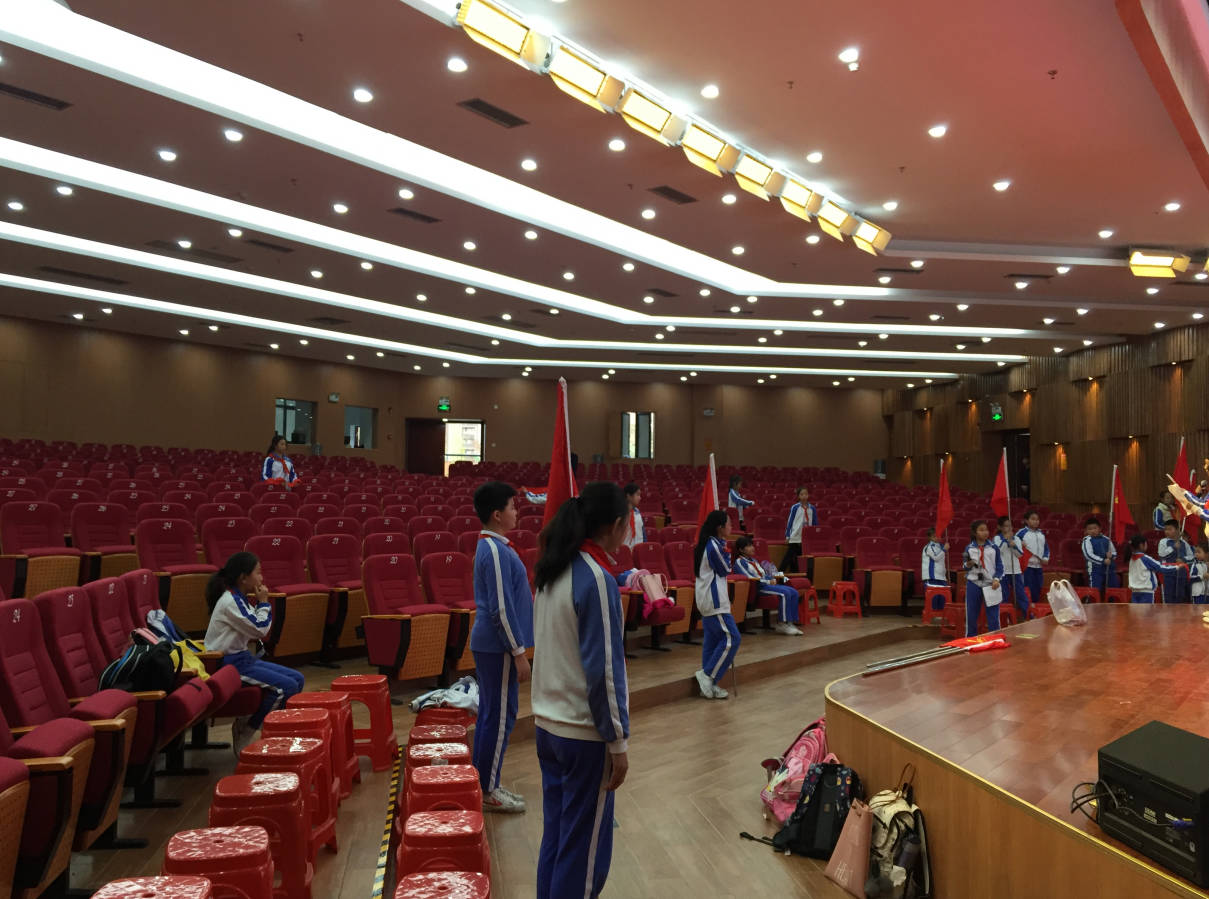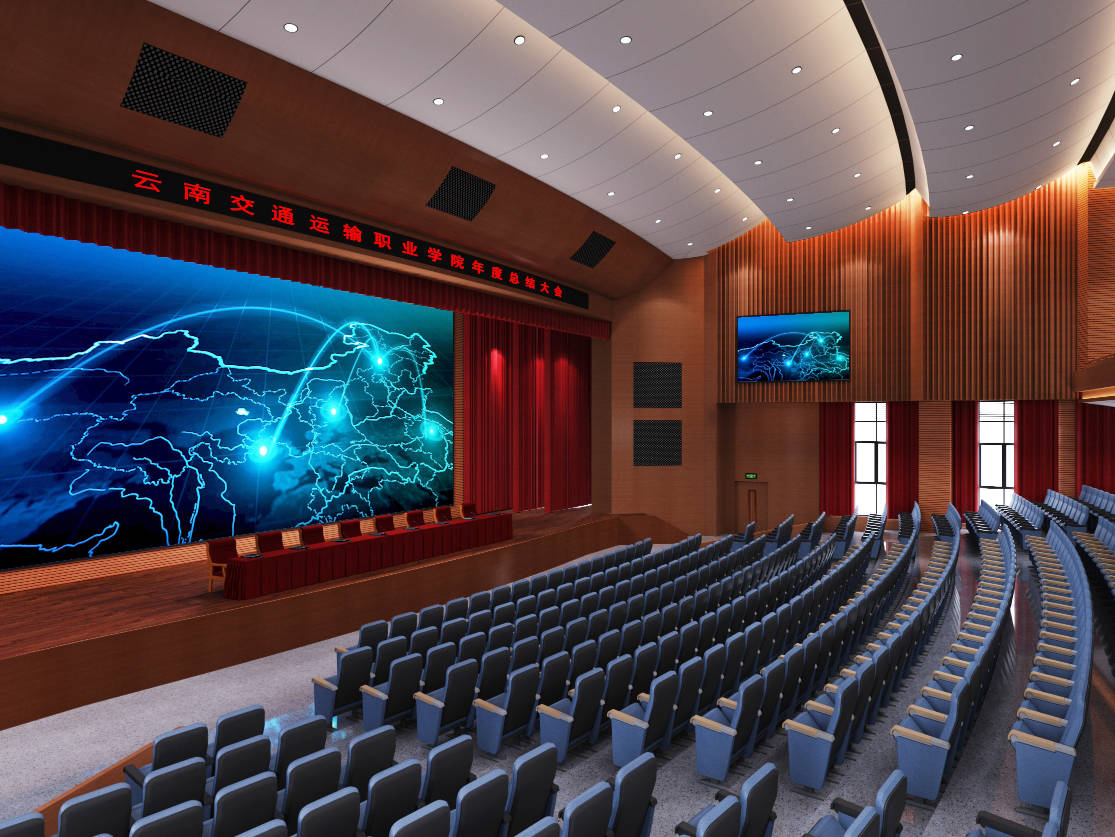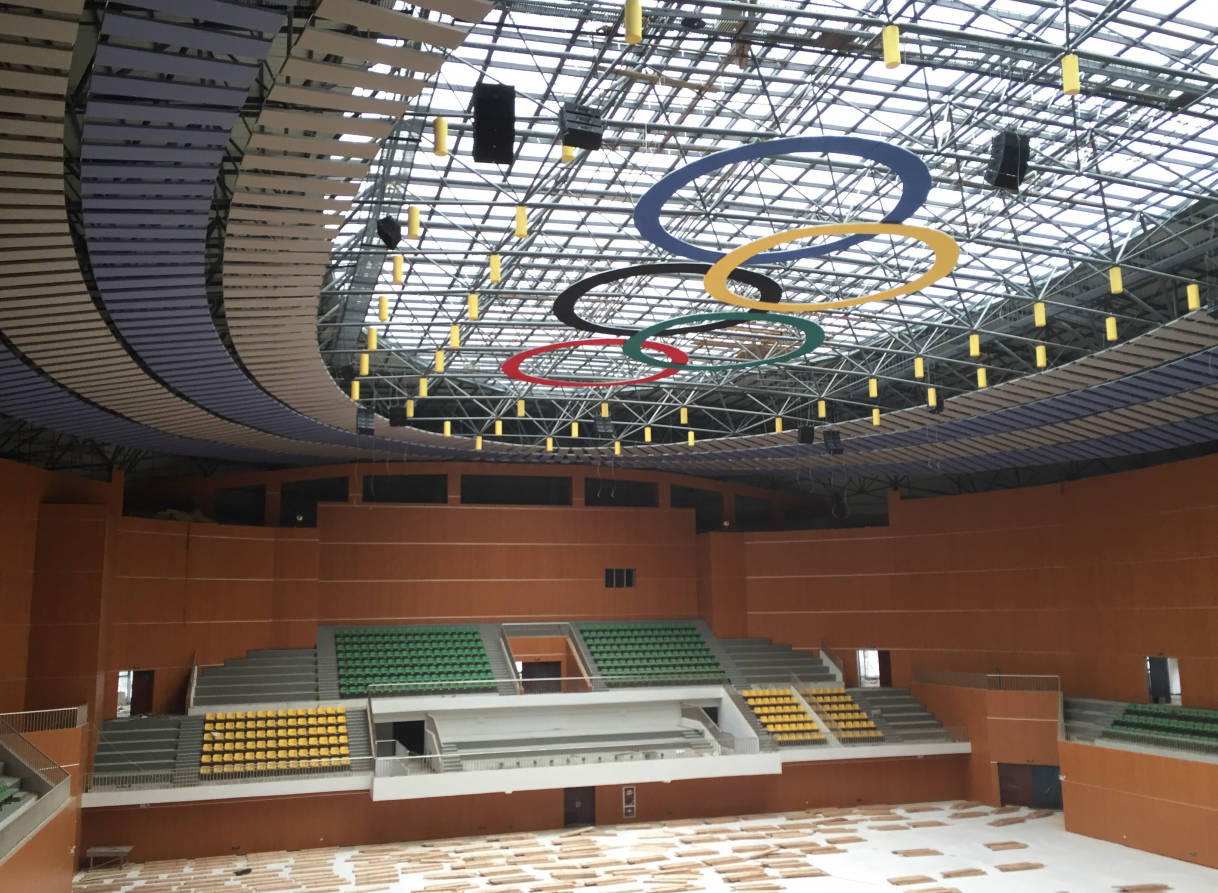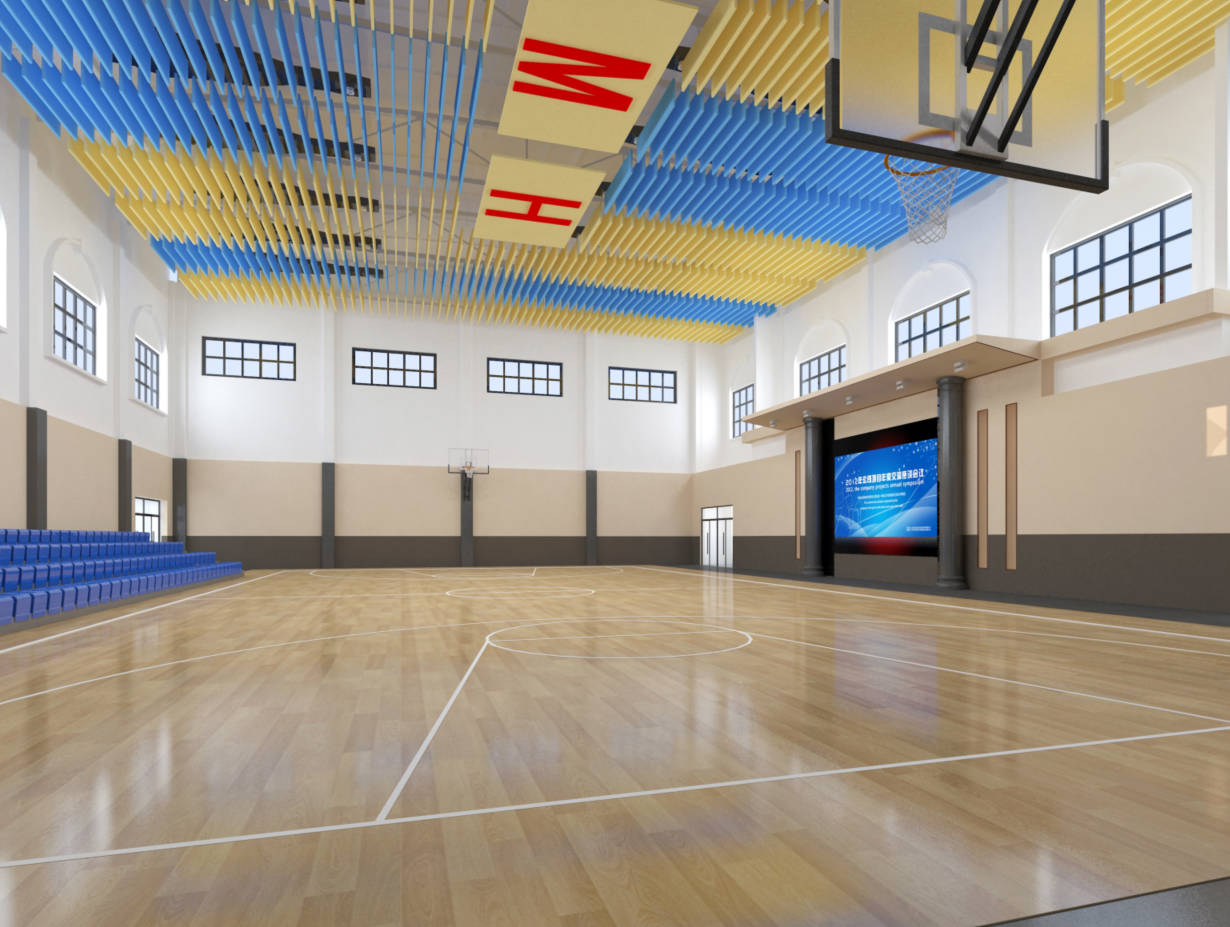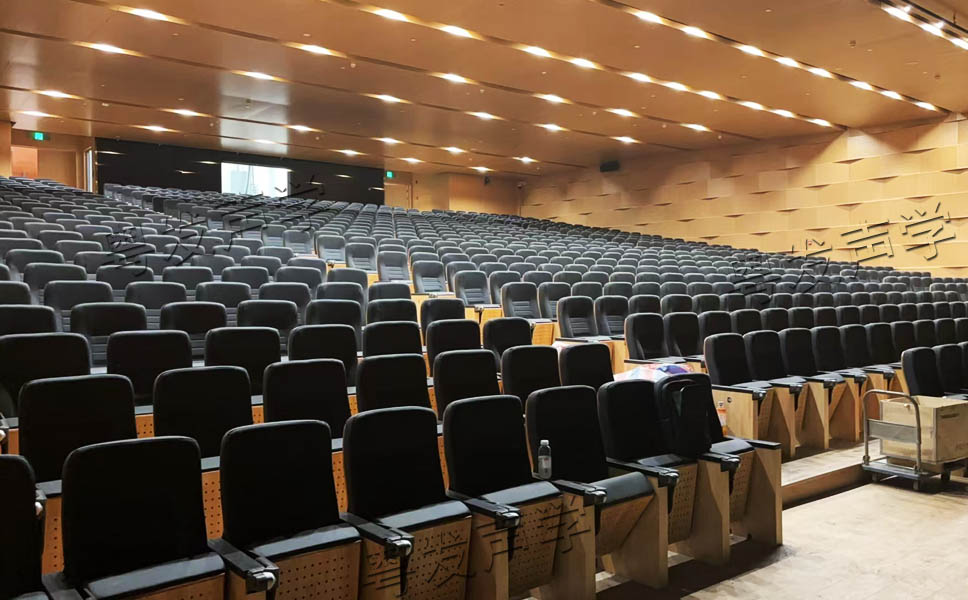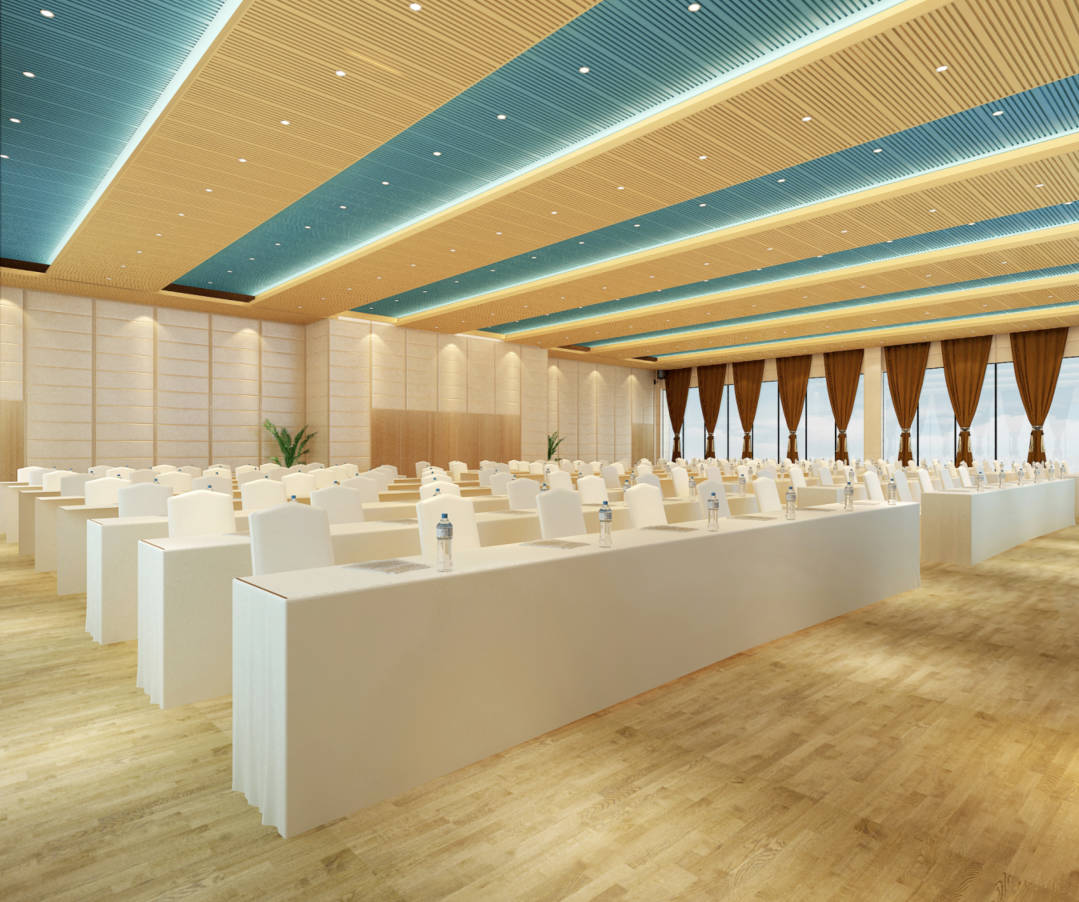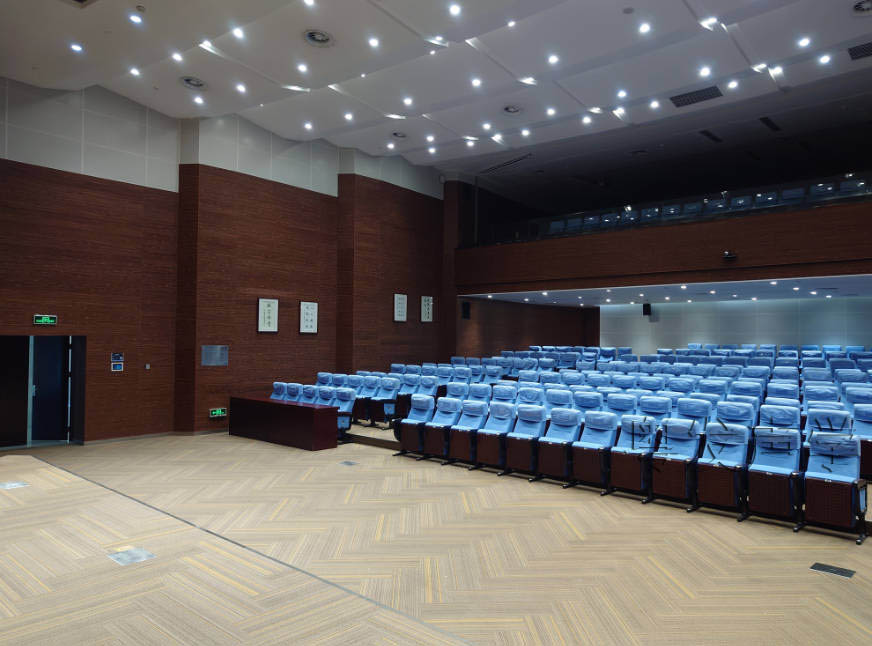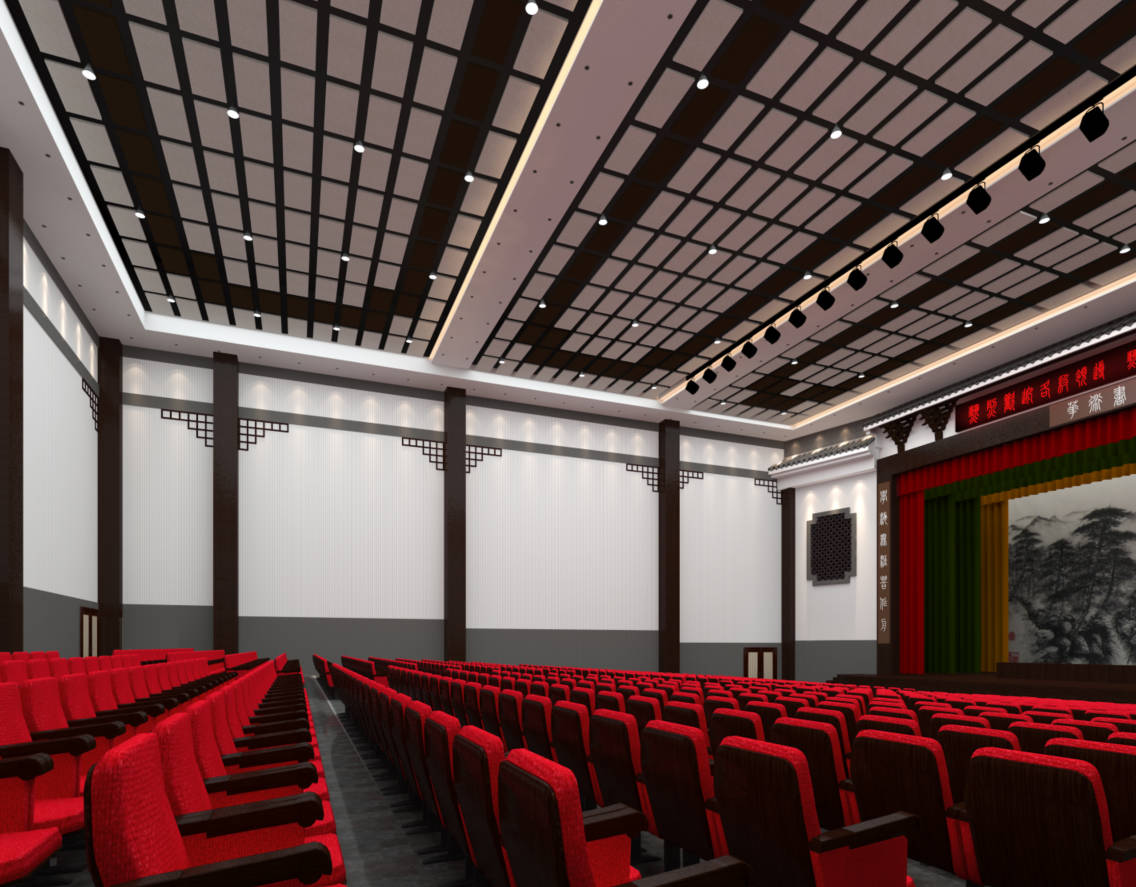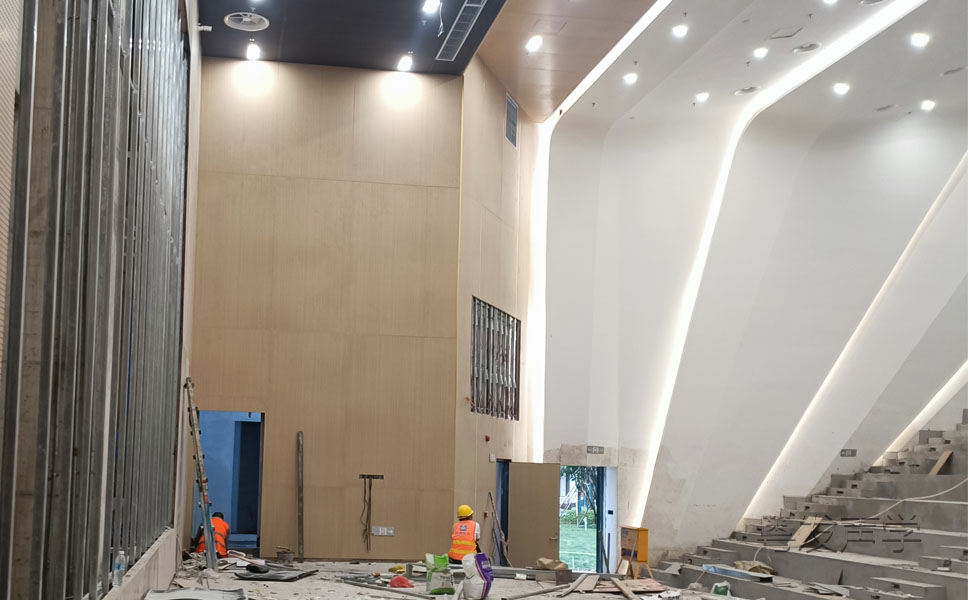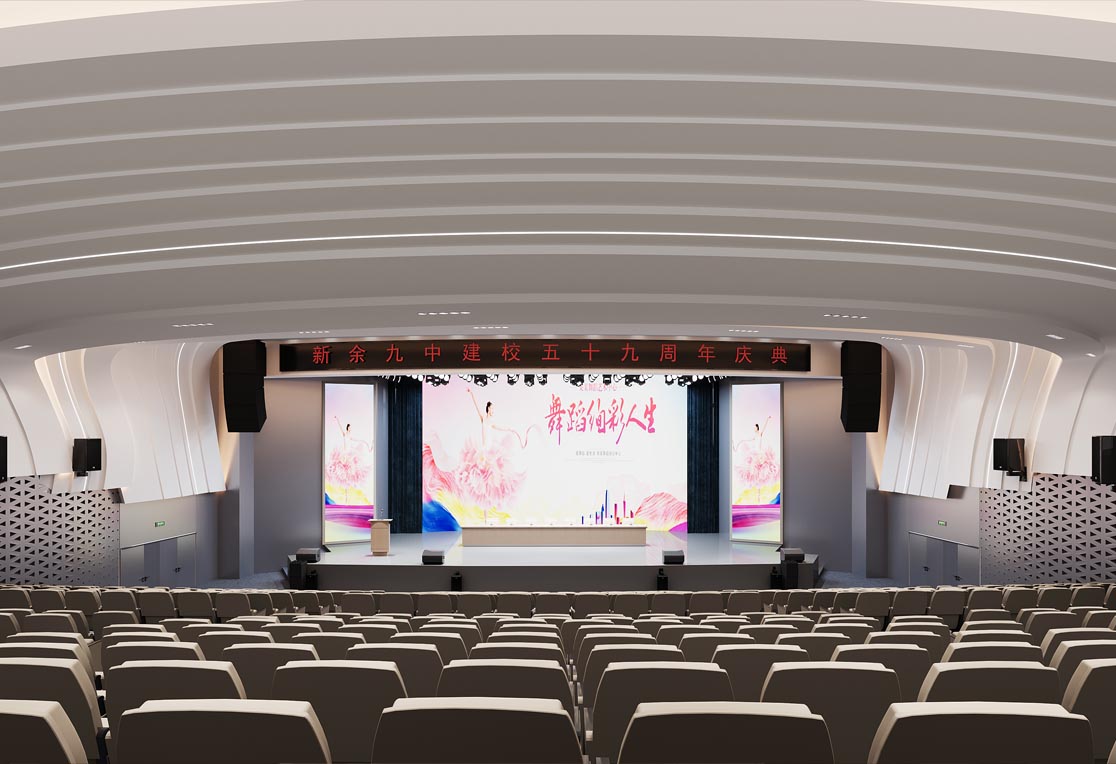notice:
Search:
Decibels in Music & Audio: Ultimate Guide to Sound Levels, Loudness, and Production Standards

admin
Acoustic PET Felt Panels Factory | Akupanel & Acoustic Wall Panels Manufacturer - Guangdong Yuefa Acoustic New Materials Co., Ltd
Decibels in Music & Audio: Ultimate Guide to Sound Levels, Loudness, and Production Standards
You’ve likely encountered the term "decibels (dB)" whether you’re a music producer, audio engineer, or simply an avid listener. Grasping this concept is essential for sound perception, audio production quality, and even hearing safety. Ready to dive deeper into how decibels shape your sonic experience?
We’ll tackle key questions—from measuring sound pressure levels (SPL) to optimizing loudness in music production—and provide actionable advice to elevate your audio skills.
The Fundamentals of Decibels (dB)
Decibels (dB) serve as the standard unit for quantifying sound pressure level (SPL), representing the perceived loudness of audio signals. This logarithmic scale is uniquely efficient: a 10 dB increase corresponds to a tenfold rise in acoustic intensity, enabling precise measurement across the dynamic range—from faint whispers (~30 dB) to extreme noise levels like jet engines (~140 dB).
For context:
Normal conversation typically registers at 60 dB
Loud rock concerts often exceed 120 dB
Professionals in audio production and acoustic engineering rely on this scale to:
Optimize mix dynamics
Ensure safe listening levels
Calibrate recording equipment
Understanding dB values is critical for sound manipulation, whether in studio mixing, live sound reinforcement, or noise control applications.

The optimal sound volume varies by context. In music production, professionals typically recommend maintaining an average RMS level between -14 dB and -12 dB. This range preserves clarity and detail while avoiding listener fatigue, enabling producers to refine each track’s subtleties. During mixing or mastering, adhering to this range ensures sufficient headroom for additional processing and mitigates distortion risks.
At live performances, sound intensity often reaches 85 dB to 105 dB, delivering an energetic and immersive experience. However, prolonged exposure to such levels can harm hearing permanently. Protective measures like earplugs or regular breaks are essential to reduce risks. These recommendations balance enjoyment and safety, whether crafting music in a studio or enjoying it live.
Decibels in Music: Mastering Volume Control
Grasping the role of dB in music involves recognizing how volume variations shape both the sound and our perception of it. Subtle, lower volumes can enhance nuance and emotional impact, while higher volumes deliver intensity and power. Audio professionals rely on precise tools to monitor and optimize these levels, ensuring an optimal listening experience. Practical strategies for effective volume management include:
Decibel Monitoring: Continuously track sound levels to stay within safe limits.
Soundproofing: Balance audio quality with consideration for surrounding environments.
Compression Techniques: Use compression to control dynamic range and tame excessive peaks.
Mixing Balance: Harmonize instruments and vocals to avoid dominance by any single element.

Protecting Your Hearing: Safe Listening Guidelines
Maintaining safe volume levels is crucial for preserving your hearing health. Experts recommend keeping long-term listening volumes below 85 dB to prevent damage. Did you know that exposure to noise above 90 dB triggers immediate physiological responses? Within just one hour, your inner ear’s delicate hair cells—which are essential for hearing—become overwhelmed by intense sound waves. This can lead to temporary hearing shifts and even elevate stress levels.
Hearing Protection: Understanding Noise Risks
Prolonged exposure to sounds above 85 dB can cause gradual hearing damage. For instance, personal music players at maximum volume often exceed 100 dB, posing significant risks. Awareness of these noise thresholds is essential—protective measures include enabling volume limiters on devices and scheduling regular breaks from loud audio exposure.

The 3 dB Principle in Audio Engineering
A fundamental concept in acoustics and audio technology, the 3 dB rule states that a 3 dB increase in volume level corresponds to a doubling of sound power. This principle is critical for calibrating audio systems and ensuring uniform sound distribution across environments. For example, boosting a speaker system’s output by 3 dB requires twice the electrical power to maintain the perceived loudness.
Common Questions About Decibels (dB)
Is 70 dB Considered Loud for Music?
A volume of 70 dB is typically safe and comfortable for most listeners, comparable to ambient restaurant music or casual conversation. However, individual hearing sensitivity varies, so always prioritize a volume level that feels comfortable to you.
Recommended Loudness for Audio Normalization
In audio production, normalization adjusts volume to ensure optimal clarity without distortion. For streaming platforms, the industry standard is -14 LUFS (Loudness Units Relative to Full Scale). This ensures consistent playback levels across tracks, enhancing the professional quality of the audio.
Hearing Protection: Key Guidelines
Prolonged exposure to sounds above 85 dB can cause permanent hearing damage. To safeguard your hearing, utilize decibel meters or smartphone apps to monitor environmental noise levels. Below are additional protective measures:
Schedule Listening Breaks
During extended audio sessions, allow your ears periodic rest. While it may disrupt focus, prioritizing long-term health is essential.
Choose Protective Gear Wisely
In uncontrollably loud settings (e.g., construction sites, concerts), opt for earplugs or noise-canceling headphones. Notably, Aircraft Maintenance Engineers face the highest occupational noise exposure (120–140 dB)—equivalent to a jet engine at takeoff.
Minimize Exposure Time
Reduce duration in noisy environments whenever feasible.
Important Consideration:
Extended earplug use may lead to discomfort, infections, or even hearing loss. Though convenient, they require frequent replacement, incurring higher costs and waste. For sustainable solutions, invest in acoustic soundproofing and professional audio treatments.

Optimal dB Levels for Music Mixing
A professionally mixed track should maintain an average RMS level of -14 to -12 dB, with peaks capped at -1 dB or below. This range ensures balanced dynamics, clear articulation, and consistent playback quality across all audio systems. Properly calibrated audio not only enhances the listening experience but also preserves the artistic intent of the music.
A Universal Quirk
We all have that one song we instinctively crank to maximum volume—and that’s perfectly fine, as long as it’s not played on repeat excessively.
Identifying Unsafe Music Volume Levels
Music may be too loud if it causes:
Ear discomfort or pressure
Tinnitus (ringing in the ears)
Temporary hearing threshold shifts post-exposure
Use a sound level meter (decibel meter) to measure volume. If readings exceed 85 dB, reduce volume or implement listening breaks.
Optimal Volume Guidelines
Music Production: Target -14 to -12 dB RMS for dynamic range and clarity
Live Performances: Ensure sufficient impact without distortion or acoustic feedback—prioritize listener comfort while maintaining artistic intent.
Balance is key: Loudness should serve the music, not compromise safety or quality.
Sound Science & Practical Tips
Did You Know?
The loudest recorded sound in history was the 1883 eruption of Krakatoa, measured at 310 dB—a level capable of rupturing eardrums over 100 miles away.
Did You Know?
Sound directly influences time perception: Research shows faster rhythms cause listeners to overestimate duration, while slower rhythms lead to underestimation.
Pro Tip:
Invest in high-fidelity audio equipment and perform regular maintenance to ensure accurate sound reproduction. Avoid compensating for poor quality with excessive volume—this risks both audio integrity and hearing health.
Why Decibels Matter
Understanding dB levels is critical for:
Audio quality (clarity, dynamics)
Hearing safety (preventing noise-induced damage)
Whether you’re an engineer, artist, or enthusiast, mastering decibel control ensures optimal sound in every scenario.
Need Acoustic Advice?
Our experts can optimize your home or studio setup—contact us today!

Hot products
-
Wall And Ceiling Acoustic Perforated Wood Panels
Premium grade perforated wood acoustic p...
-
24mm PET Acoustic Panels Polyester Fiber Sound Absorbing Material
Our 24mm PET Acoustic Panel answers your...
-
20mm polyster fiber panel directly supplied by Chinese manufacturers
PET Acoustic Panel is made from 100% pol...
-
Wholesale Anti-Vibration Pads
Source high-quality wholesale anti-vibra...
-
Smoked oak sound-absorbing board, black felt
As a leading Chinese acoustic panel manu...
-
Modern Office Meeting Pods - 2 Steel Walls + 2 Glass Walls - Custom Sizes Available
China factory-direct manufacturer of pre...
-
300x300mm Hexagon Wall Panels - Soundproof Polyester Fiber Acoustic Panels for Easy Installation
Upgrade your space with our 300x300mm he...
-
Private Soundproof Pod Booth For Office
Flexible and movable soundproof booth.th...
-
Perforated Wood Acoustic Panel
Product introduction: Acoustic Wood pane...
-
Wooden Grooved Wall Panels
China's Leading Wooden Grooved Wall Pan...
-
Premium Decorative Natural Grooved Akupanel Wooden Acoustic Panels – Direct from China Manufacturer
As a leading China-based acoustic panel ...
-
Sound Insulation Wood Wool Acoustic Panel
Wood fiber acoustic board is a decoratio...
-
Standard 9 mm PET Felt panels
Discover customizable acoustic wall pan...
-
Waterproof PVC Sound Barriers
Our sound insulation products help prote...
-
Polyester Acoustic Panel (standard)
High-performance polyester fiber acousti...
-
Micro Perforated Wood Acoustic Panel
The materials of Micro Perforated Wood A...
Cases
-
Songshan Lake Taiwan Garden North School - Classroom Acoustic Decoration Project
In the current educational environment, ...
-
Acoustic Decoration Project for Lecture Hall - Nanhai Middle School Renovation and Expansion Project
The original acoustic design of the audi...
-
Acoustic decoration of Zhuxi Gymnasium
Detailed introduction of acoustic decora...
-
Acoustic Design Plan for Shaoyang Sports Center Gymnasium
Acoustic Design Plan for Shaoyang Sports...
-
Shenzhen Longhua Experimental School Concert Hall
Shenzhen Longhua Experimental School Con...
-
Acoustic design of the gymnasium of Quanzhou No.1 Middle School in Guilin Yuefa
Acoustic design of the gymnasium of Quan...
-
Yunnan Traffic Technician College
Yunnan Traffic Technician College...
-
Acoustic design of Yugan County Sports Center in Jiangxi Province - Guangdong Yuefa acoustic design
Acoustic design of Yugan County Sports C...
-
Guangzhou Huamei school gymnasium
Detailed introduction of acoustic decora...
-
Nanhai Middle School Lecture Hall
The original acoustic design of the audi...
-
Shanxi Taihang family multifunctional hall
Shanxi Taihang family health care Co., L...
-
Report Hall of Changsha Lushan International Experimental School - Yuefa Acoustic Design
Report Hall of Changsha Lushan Internati...
-
Acoustic Decoration Project of Guangzhou Metro Museum
Acoustic Decoration Project of Guangzhou...
-
Guangyun foreign language school gymnasium
Guangzhou Baiyun District Guangyun forei...
-
The lecture hall is not only used for ho...
-
Acoustic architectural decoration of the multifunctional hall at Xinyu Ninth Middle School
Yuefa Acoustics provides professional mu...
Online Service


